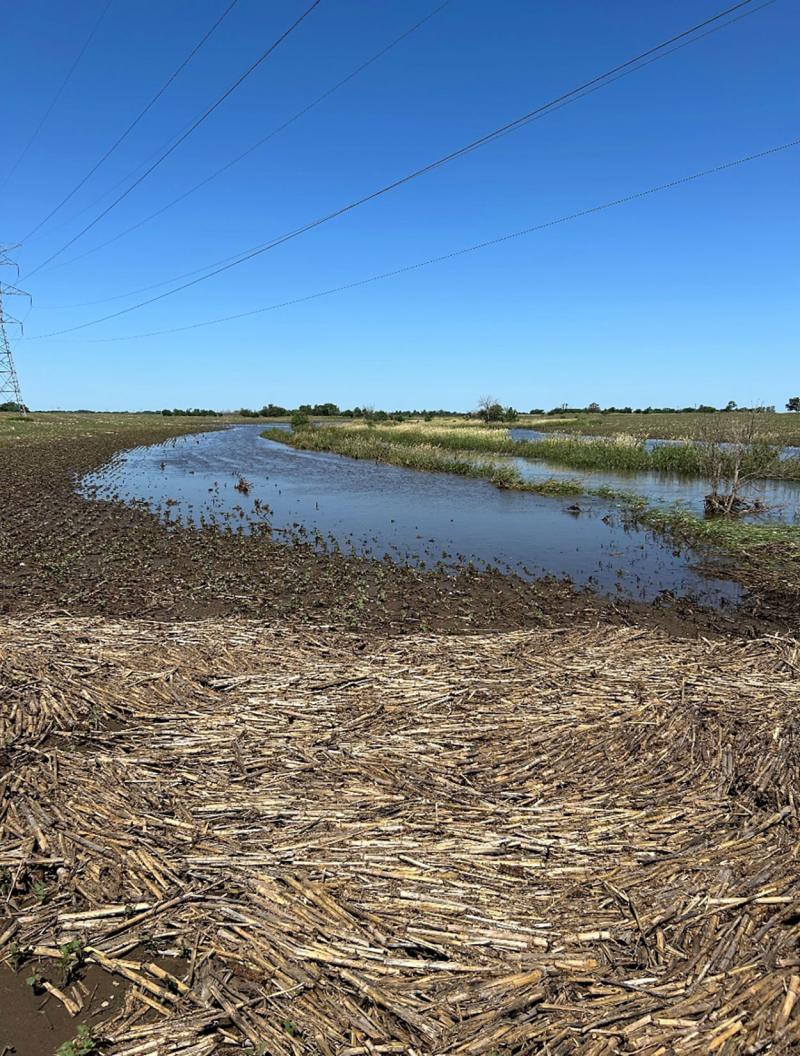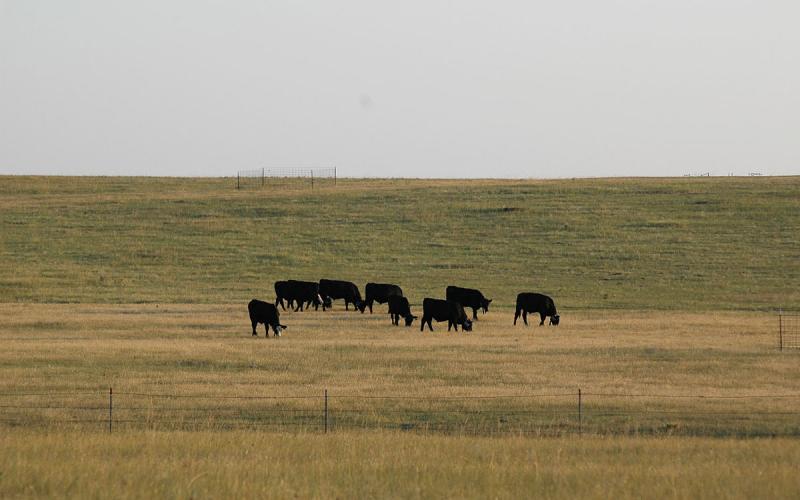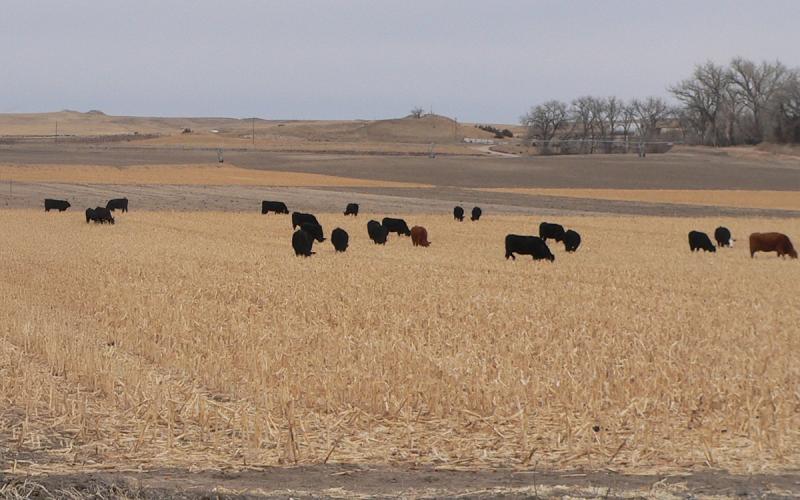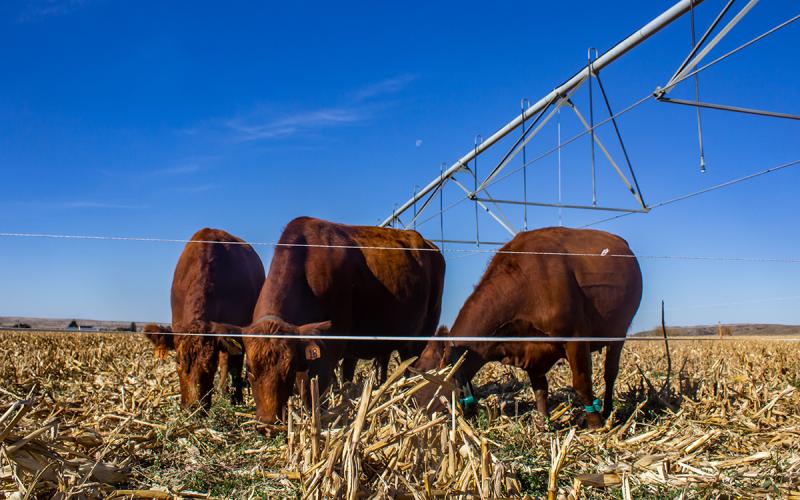If you’re familiar with pre-emerge herbicides (especially those for soybeans), you likely know that you may be quite limited in what can be planted in crop-failure areas this time of year if a pre was put down this spring. As always, you should check the label on all pesticides applied to the field before considering filling in the dead spots. Keep in mind that if an herbicide is not labelled for livestock use, this needs to be taken into consideration as well before forage is considered.
Many alternative warm-season crops are often recommended as “plan B” up until about the third week of July or August 1. After this time, we often recommend cool-season crops. Some of these crops could provide the potential for grain, but most times, forage is the goal by this point in the season. If you don’t have cattle but would like to utilize dead spots in your field, consider cover crops to keep a living root in the soil; also consider putting up a forage that can be utilized by a neighbor or hayed and sold. For considerations and options see the article, Your Cash Crop Flooded Out. What’s Plan B?.
Planting Soybeans as Forage

In a soybean failure situation with herbicide limitations, another alternative to consider is planting soybeans for forage. It is not an extremely common practice in this area, but soybeans actually originally made their way here as a forage crop as a legume with decent feed quality. In fact, a study in the early 2000s in Wisconsin demonstrated that it is possible to produce greater than 4 tons per-acre of soybean forage containing 20% CP, 30% ADF, and 40% NDF in the Arlington, Wisconsin area.
For the purpose of forage beans, look for a very long maturing variety if possible (4.0+). This would allow the plant to put on more leaves and have more overall foliage before trying to put on a bean. The advantage to forage soybeans is that producers already have the equipment and should be able to harvest a reasonable forage crop for cattle via grazing, ensiling, or haying. In addition, having a crop growing in otherwise dead areas is an advantage to your soil health, versus no living roots or cover.
Feeding Considerations
It is also possible to feed a spring-planted soybean crop that has failed to mature/make mature grain (but is not dead); however, it’s important to remember that, although the soybean plant makes a good forage option, the actual soybean grain itself requires caution when feeding. Green soybeans may be used as a protein supplement for cattle, or can be heat treated before feeding to swine. Soybean plants tend to have a fair amount of tannin in them, so allowing access to no other feed (in a grazing or other feeding situation) could cause potential bloat issues; therefore, mixing in rations or limit grazing or strip grazing and/or providing other grazing feed sources is more ideal.
Soybeans before the R5 stage have been consumed by cattle in several cases with minimal issues, but after this maturity, it is likely unsafe to allow cattle to graze the crop. More mature soybeans (R5+) require feed processing and blending/testing to ensure feed safety, as bloat issues can occur.
When utilizing soybean hay, there may be a fair amount of inert matter found in bales that can affect palatability, so blending or grinding may be necessary. Soy straw can also be a feed ingredient if added appropriately to a ration. Ensiling may also be effective if timing and equipment allow; often this practice may require additional moisture (water or other crops blended in the pile) as well. Adding soylage to a feed ration will require consultation with an animal nutritionist. In most cases, when building a ration, it is recommended to keep soybean forage at 50% or less of the total dry matter to avoid too much vegetable oil in the feed.
In Summary
If you have large, drown-out areas where soybeans have died this summer and herbicides are limiting your replant options, consider trying late-maturing soybeans as cattle feed this year. Be sure to check your herbicide labels, speak with your crop insurance agent, and consult an animal nutritionist before getting started.
References
- Wiederhold and Albrecht. Using Soybeans as Forage. UW-Madison. 2003.
- Bauder. Using Soybeans as Forage. SDSU. 2021.


